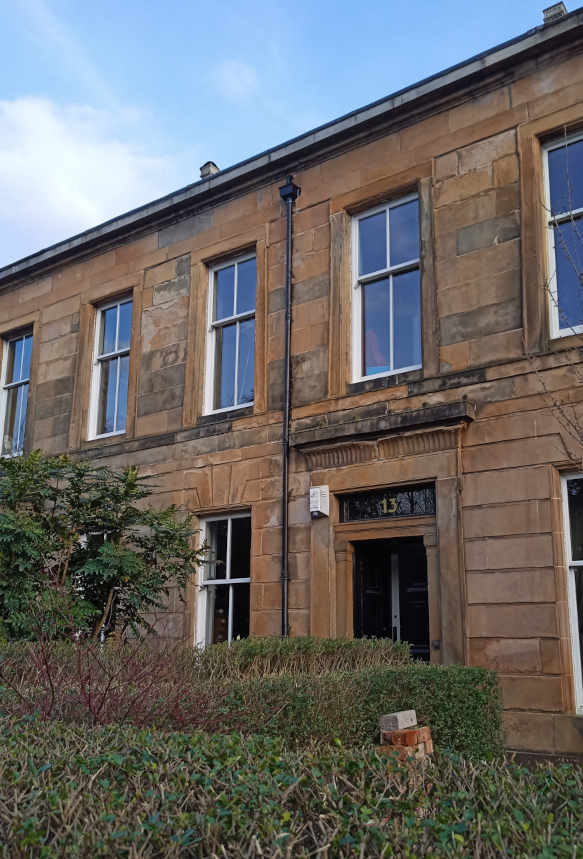As a member of Scottish Riley Enthusiasts (the national club for those who admire or own these famous British sporting cars), I’m looking for a photograph of the delivery van built by Southern Cylinder Grinding on the chassis and mechanical assets of a Riley (probably originally a 1930s Monaco saloon). The firm claimed that their Riley van provided the fastest deliveries in the country!
Meanwhile, I’m delighted to see Mr Niven’s motor premises restored. I vividly recall visiting this remarkable man and his respected business in the 1960s, when the father of my close pal submitted his Alvis Firefly for its MoT.
Finally, as a child, I often spent time in No 10, Regent Park Square, the Cochrane family home of my maternal Grandmother, Mother and her 2 sisters.
All that’s a wee while ago!
Gordon McAllan



Recent Comments